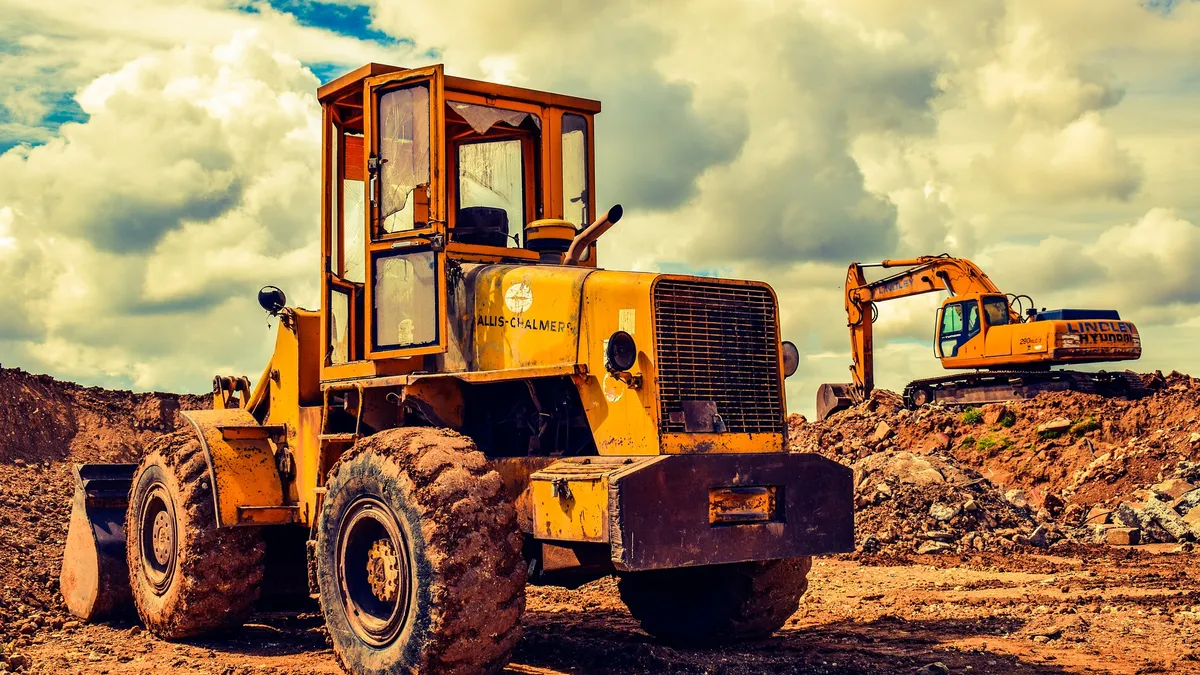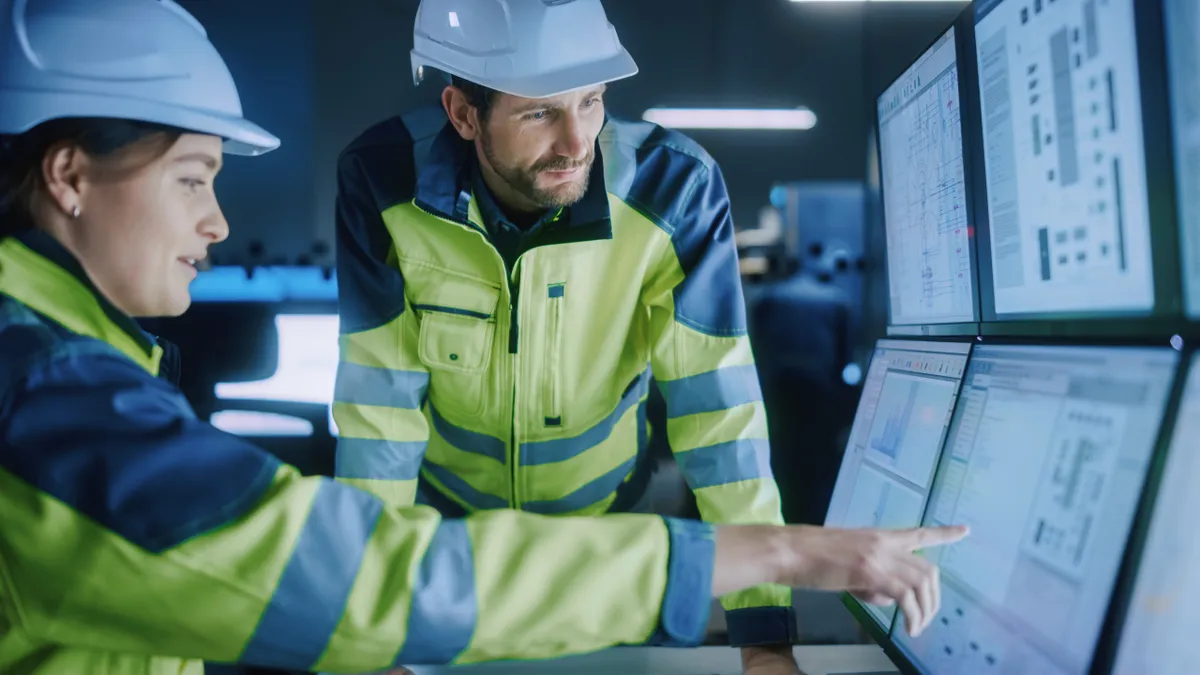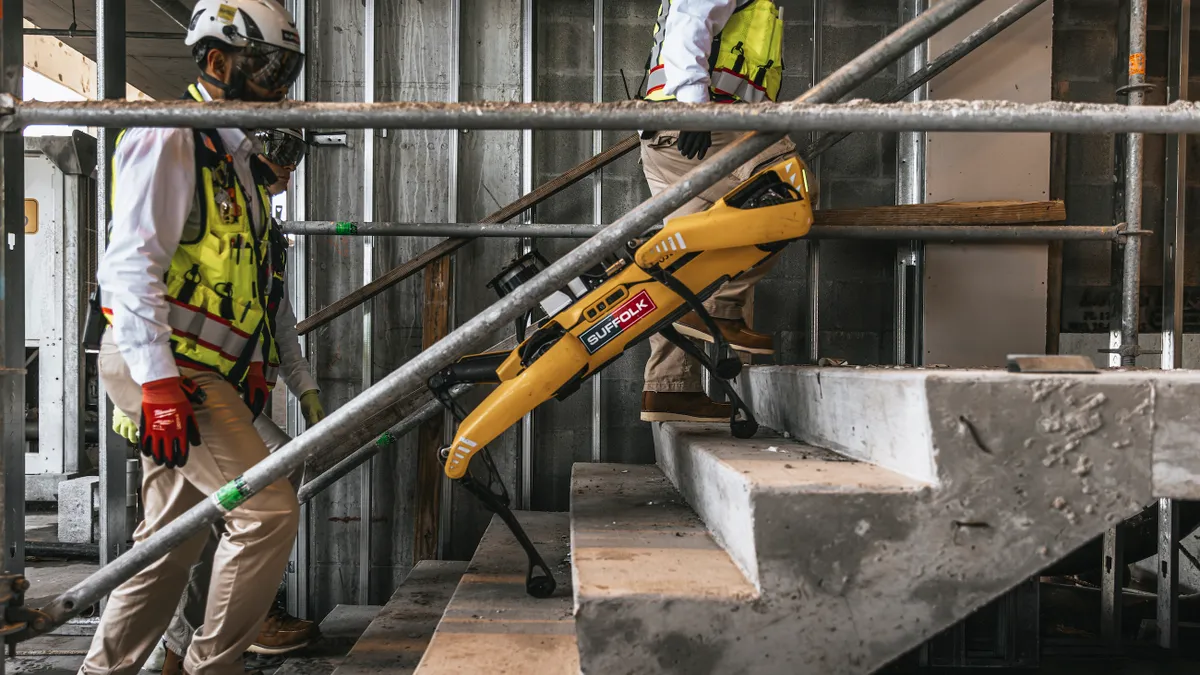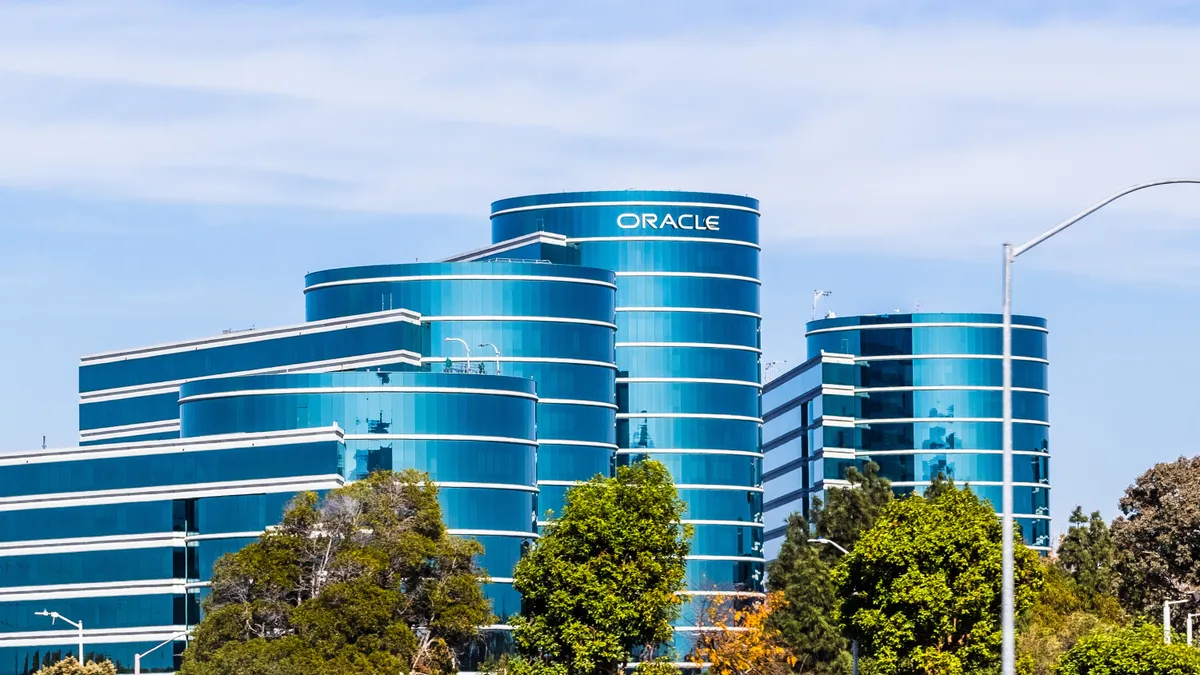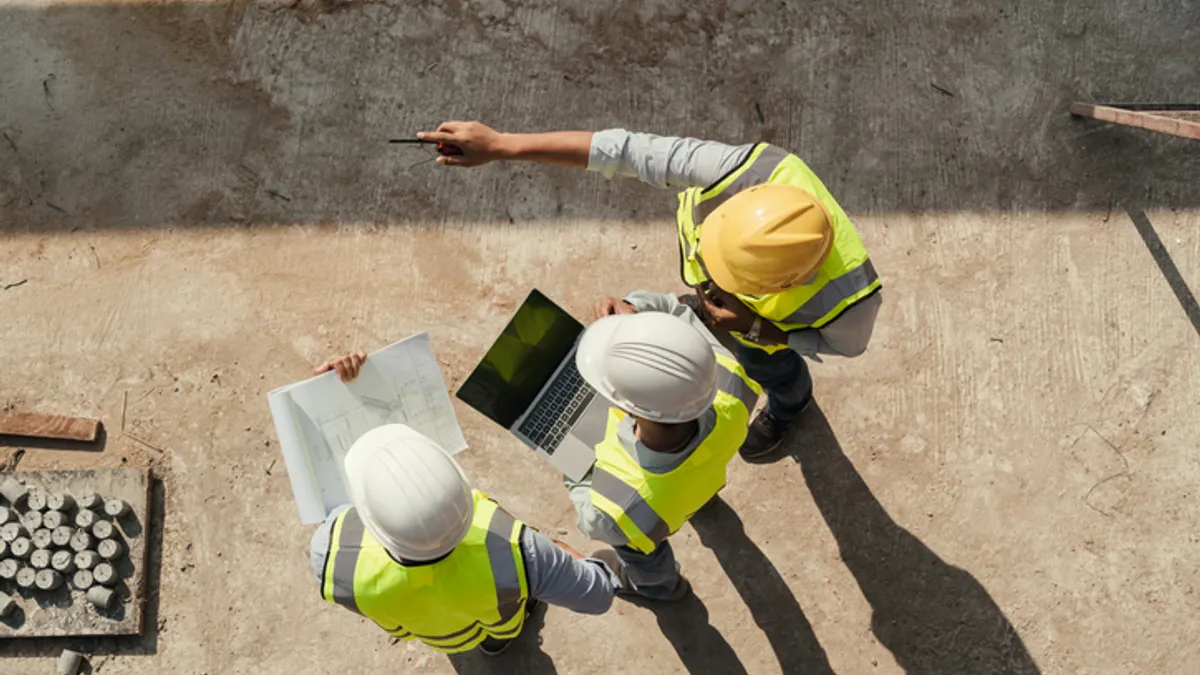The following is a guest post from Andrew Boushie, the vice president of strategy and partnerships at Ainstein, a developer of autonomous vehicle technology.
Self-driving vehicle technology has made giant strides in recent years, with passenger vehicles receiving much of the attention. But with the explosion of innovations that enable autonomous cars, specialty vehicle manufacturers should see an opportunity to bring the technology to the construction site as well.
Skid steers and some other types of heavy construction equipment have proven that they can integrate the latest technologies, so why hasn't self-driving construction equipment hit the market in earnest yet?
The industrial vehicle market, until recently, has lacked the necessary sensor technology to maintain reliability in challenging worksite conditions. These vehicles operate in volatile environments such as mines, agricultural fields and construction sites — where dust, snow, rain and other hazards prevent the reliability demonstrated in successful testing of self-driving passenger car solutions.
Yet cutting edge self-driving applications can actually enhance safety and efficiency on construction sites if implemented in ways specific to the industry.
Two sensors have emerged as critical technologies to enable teleremote and potentially autonomous operations for construction vehicles: LiDAR (light detection and ranging); and high-resolution imaging radar. These sensors act as eyes for the operators, enabling detection of and avoiding collisions with humans and equipment in the vicinity.
There is an ongoing debate about which sensor will dominate autonomous vehicles in the future.
The limits of LiDAR
LiDAR technology offers high-resolution, 3D images of the surroundings that are as close to human eye detection as current technology can provide. But its usefulness is limited by the operating environment. While LiDAR technology continues to function in conditions of heavy dust, rain, snow or fog, its performance is often significantly degraded.
In order for industrial vehicles to operate safely, there is an urgent market need for sensors that provide LiDAR-like images, but that can function effectively in conditions where LiDAR is compromised.
Radar does not have the same limitations as LiDAR; it will continue to function in both poor and clear conditions, making radar technology a must-have for construction applications.
New automotive imaging radar sensors can offer a high-resolution point cloud of a vehicle’s surroundings that allows for the real-time understanding of environments, including detecting humans, equipment and additional stationary objects such as walls.
The sensor identifies the location of objects and delivers information regarding range, speed and elevation. Creating a 2D point cloud map of surroundings and 3D shapes of spotted objects, the sensor features open up many possibilities for all types of autonomous vehicles including remote operation of construction equipment, self-driving skid steers, excavators and more. For all of the promise, even the latest high-resolution imaging radars can’t offer the same level of image resolution as LiDAR.
Sensor fusion as a collaborative solution
Enter sensor fusion. It has been common practice for self-driving cars to implement sensor fusion. This could involve fusing radar, LiDAR and even camera data together to create the most reliable images possible.
With sensor fusion, reliability for each sensor can be estimated online and used in mapping and object detection only when appropriate. For example, when the system detects dust corrupting LiDAR or camera data, it can disable the use of those sensors and turn to radar sensors until LiDAR or cameras become reliable again. The enhanced accuracy and richer mapping allow for understanding the environment as a dynamic scene. This sensor fusion solution will ensure highly reliable detection of the environment in all operating conditions.
If jobsite managers are not ready to go fully autonomous with their equipment, advanced sensor fusion can also be used to enable remote operation of construction vehicles, such as skid steer loaders, dramatically improving workplace safety by removing human operators from hazardous environments.
Side-stepping safety hazards
Construction vehicles equipped with sensors and control systems will be able to detect a narrow path while moving forward, and change course or stop when obstacles are detected in the path.
Other common jobsite risks are the deep potholes many get skid steers fall into and get stuck in, or forklift loading dock separation accidents due to trailer early departure or trailer creep back to the warehouse. When the trailer becomes separated from the dock, there is no longer a secure continuation of the warehouse floor, and the forklift can drop nearly four feet to the concrete below. If this happens, the operator can suffer numerous serious injuries. Radar sensors can be equipped on top of the forklift to measure any sudden drop of the ground level, and alert the driver to stop the vehicles.


